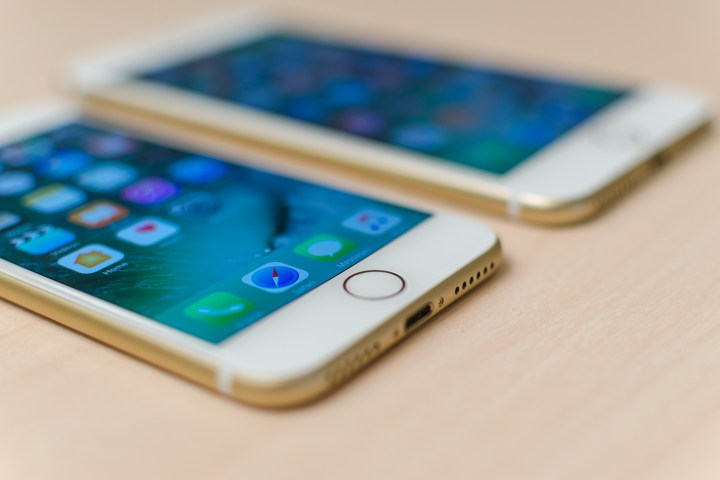
The switch from LCD technology, which has powered every previous iPhone, to OLED has been one of the major changes predicted for the upcoming iPhone 8. Trouble is, OLED panels are more costly and difficult to produce, and Samsung, which was initially tipped to be Apple’s exclusive OLED supplier for this year’s batch of smartphones, is not confident it will be able to produce enough. This has caused Apple to look elsewhere, and one of the companies it is reportedly courting is BOE.
BOE, which Bloomberg cites as the world’s largest producer of LCD displays by market value, is constructing one plant in Chengdu specifically for OLED manufacturing purposes, scheduled to be completed in the summer, and will start up on another in Mianyang soon after. Apple has been testing BOE’s displays for months, according to the report, and is still unsure if it will enlist the company’s services. While BOE seems likely to miss the cutoff for the iPhone 8, the companies might partner on Apple’s 2018 smartphones, and BOE is ramping up capacity in response.
The upshot of all of this is that Apple still may not have enough OLED displays on hand by the end of the year to equip the entire iPhone range — something the Cupertino, California, company was reportedly considering. Even with production from LG, Japan Display, and Sharp, in addition to Samsung, some analysts say Apple might be forced to restrict OLED to the flagship iPhone 8, or just shelve the new screens entirely until next year.
OLED displays are favored for their impressive contrast ratio and frugal energy consumption compared to conventional LCD. Previous sources have suggested the iPhone 8’s implementation could be curved and run from side to side, similar to Samsung’s Galaxy Edge series.
Editors' Recommendations
- This one Apple Fitness feature completely changed how I exercise
- An Apple insider just revealed how iOS 18’s AI features will work
- iPhone 16: news, rumored price, release date, and more
- iPhone SE 4: news, rumored price, release date, and more
- 3 reasons why I’ll actually use Anker’s new iPhone power bank


